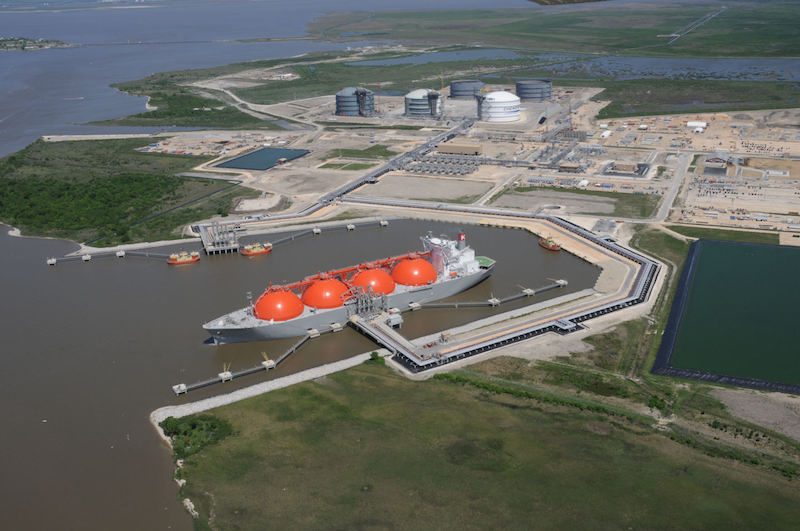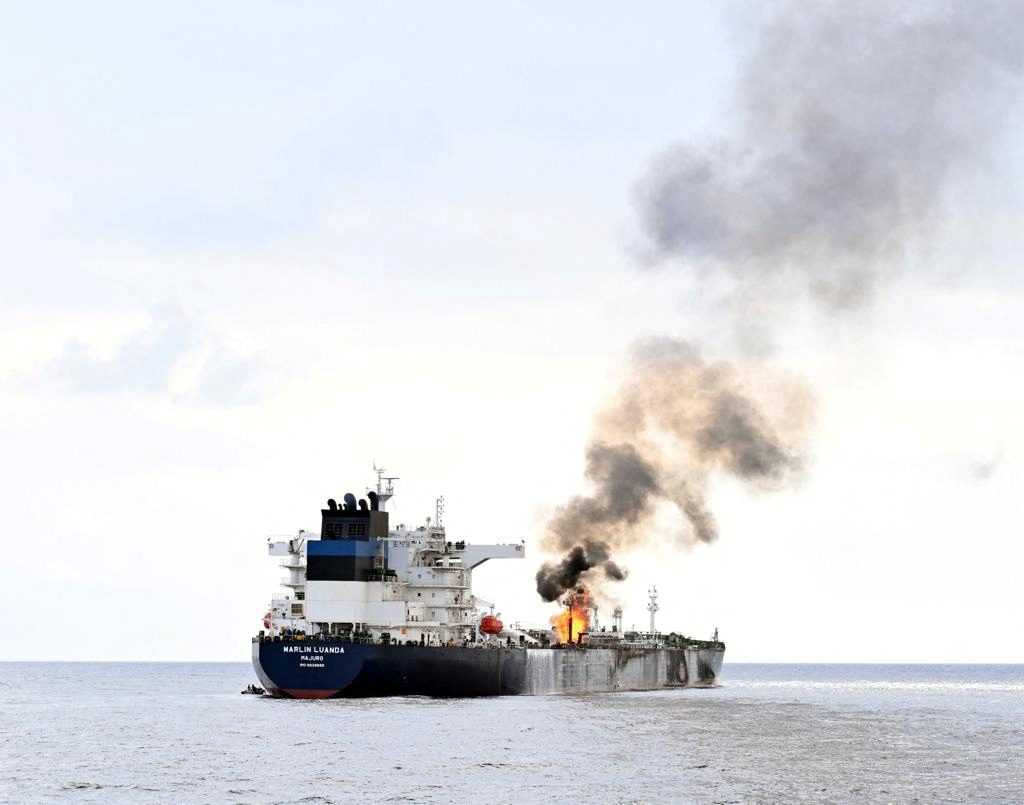Cheniere Energy’s Sabine Pass LNG Terminal. Photo credit: HDR, Inc.
Christine Buurma and Harry R. Weber
(Bloomberg) — Cheniere Energy Inc. said its first cargo of liquefied natural gas from its new Louisiana export terminal will be delayed by as much as two months because of faulty wiring.
The Houston-based company said it now plans to ship its first LNG cargo from Sabine Pass in late February or March, missing its previous estimate of the third week of January. Shares slid 1.8 percent to $31.99 in New York after dropping as much as 3.5 percent.
“Instrumentation issues” discovered during the final phases of plant commissioning and cool-down will require additional work over the next few weeks, the company said in a statement Thursday.
The problem involves wiring that needs to be repaired, according to a person familiar with the matter who doesn’t have approval to speak publicly. Bechtel Corp. is the engineering and construction contractor.
“It’s the problem with any large-scale project,” Ted Michael, an LNG analyst for Genscape Inc., said in a telephone interview from Auburn, California. “These sorts of delays just aren’t avoidable given the complexity of the operation.”
Other projects have faced delays in loading their first commissioning cargoes. Michael cited Australia Pacific LNG, a project similar to Sabine Pass, where exports that were scheduled to begin in mid-June weren’t shipped until earlier this month.
Full Capacity
One difference is that the Australian plant launched operations at full capacity. Cheniere in the past week has been running about 20 million to 40 million cubic feet of gas through its complex, far short of its capacity to process 600 million cubic feet a day, Michael said.
“The big milestone would be seeing the facility running at full capacity, full gas, and doing it for a long time,” Michael said.
The person familiar with the matter characterized the wiring problem as “minor,” though repairs are labor-intensive and could take more than a month.
Despite the setback, Cheniere anticipates “no issues in meeting all contractual targets and guaranteed completion dates,” said Neal Shear, interim president and chief executive officer. The first contracted cargo for U.K.-based BG Group Plc is scheduled for the fourth quarter.
The plant will load a commissioning cargo onto a tanker as part of its startup testing. The company needs final federal approval to begin commercial operations.
Market Dominance
The shale drilling boom is projected to transform the U.S. into one of the world’s largest suppliers of natural gas by the end of the decade. The country may be capable of exporting 7.76 billion cubic feet of gas a day by 2019, a Bloomberg New Energy Finance analysis shows. The commissioning cargo from Sabine Pass would be the first LNG shipment from the lower 48 states.
Plants such as Sabine Pass will cool and liquefy natural gas to 1/600th of its volume for easier loading onto tankers. Cheniere plans to build at least six processing plants, known as trains, to produce LNG at Sabine Pass by late 2018, allowing the terminal to supply more than 3.5 billion cubic feet a day.
‘Accelerated Schedule’
After this year’s startup of the first train, the company has its second through fifth train on an “accelerated schedule,” Shear said. The project is estimated to cost at least $15 billion.
The start-up problems are “a bit surprising,” said Teri Viswanath, director of commodities strategy at BNP Paribas SA in New York. “The delay means that the shipment will arrive in the market just as winter heating demand begins to fade. However, given the relatively light global heating demand that has transpired this season, off-season spot transactions might not be significantly disadvantaged this year compared to peak winter sales.”
Charif Souki, who was ousted as CEO last month but remains on the board, said that even with the delay, the facility will still be one of the fastest projects of its size ever built.
“There are projects around the world, when they finally started testing, they found objects left in pipes, like shoes, and other imperfections,” Souki said in a telephone interview from Aspen, Colorado. “You’re dealing with 4,000 people on the site for four years.”
–With assistance from Naureen S. Malik.
©2016 Bloomberg News
Unlock Exclusive Insights Today!
Join the gCaptain Club for curated content, insider opinions, and vibrant community discussions.

 Join The Club
Join The Club













